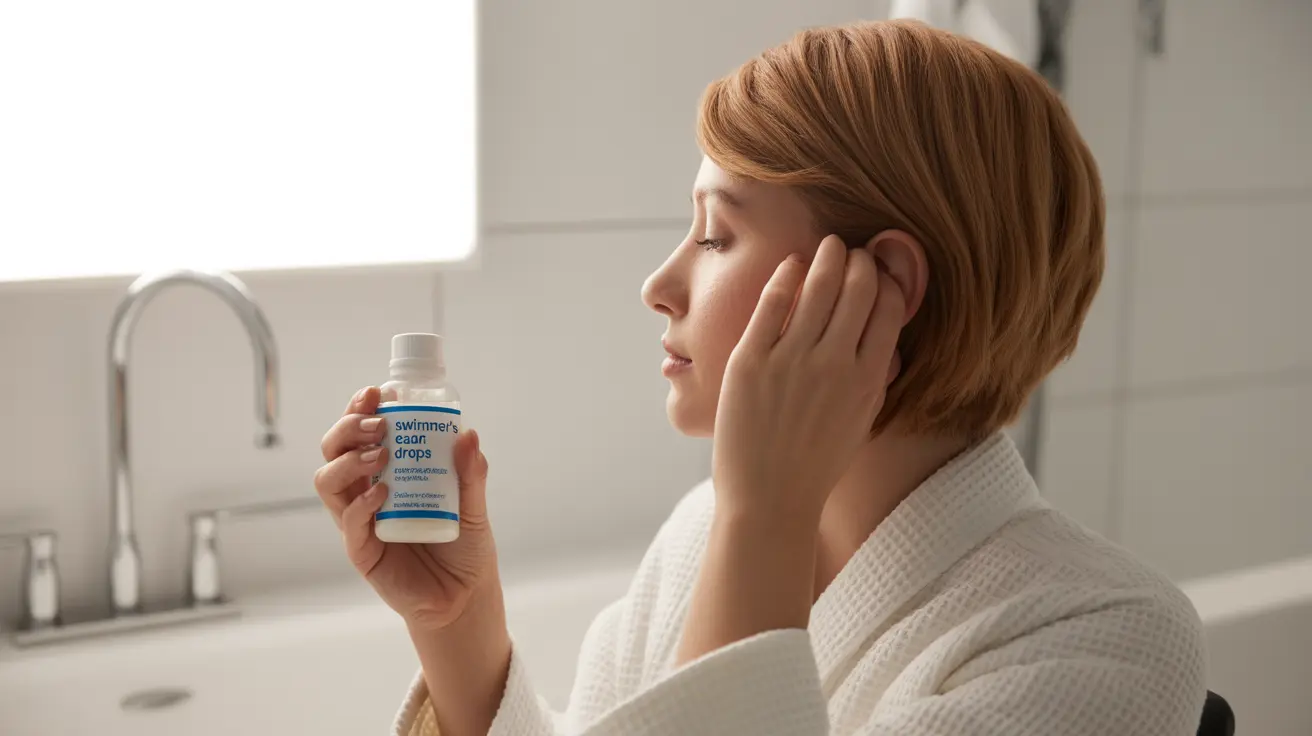Swimmer's ear drops are essential medications designed to treat and prevent outer ear infections (otitis externa) commonly associated with swimming and water exposure. Understanding how to use these drops effectively and knowing when they're appropriate can make a significant difference in treating and preventing painful ear infections.
Whether you're dealing with an active infection or looking to prevent future occurrences, this comprehensive guide will help you understand everything you need to know about swimmer's ear drops, including both prescription and over-the-counter options.
Types of Swimmer's Ear Drops
Swimmer's ear drops generally fall into two main categories: prescription medications and over-the-counter solutions. Each serves specific purposes in treating or preventing ear infections.
Prescription Drops
Prescription swimmer's ear drops typically contain antibiotics to fight bacterial infections and may include other active ingredients such as:
- Ciprofloxacin with dexamethasone
- Neomycin-polymyxin B-hydrocortisone
- Ofloxacin
- Acetic acid with hydrocortisone
Over-the-Counter Options
Over-the-counter drops usually focus on prevention and mild cases, containing ingredients that help create an unfavorable environment for bacterial growth:
- Acetic acid solutions
- Alcohol-based drops
- Glycerin-based products
- Combination drying agents
Proper Application Techniques
The effectiveness of swimmer's ear drops largely depends on proper application. Follow these essential steps:
- Warm the drops to body temperature
- Lie with the affected ear facing upward
- Pull the outer ear gently to straighten the ear canal
- Place the prescribed number of drops in the ear
- Maintain position for 3-5 minutes
- Use a cotton ball to catch any excess
Warning Signs and When to Seek Medical Care
While swimmer's ear drops are effective treatments, certain symptoms warrant immediate medical attention:
- Severe ear pain or pain spreading to face/neck
- Complete ear canal blockage
- Fever above 101°F (38.3°C)
- Visible pus or bloody discharge
- Hearing loss or ringing in ears
- Symptoms persisting beyond 7 days of treatment
Prevention Strategies
Preventing swimmer's ear is often easier than treating it. Implement these preventive measures:
- Use preventive drops before and after swimming
- Dry ears thoroughly after water exposure
- Avoid inserting foreign objects into ears
- Consider using swim caps or earplugs
- Maintain proper ear canal pH with appropriate drops
Frequently Asked Questions
What are the most effective prescription swimmer's ear drops for treating an infection?
The most effective prescription drops typically contain a combination of antibiotics and anti-inflammatory medications, such as ciprofloxacin with dexamethasone or neomycin-polymyxin B-hydrocortisone. Your doctor will prescribe the most appropriate option based on your specific infection.
Can over-the-counter swimmer's ear drops cure an active ear infection or just help prevent it?
Over-the-counter drops are primarily designed for prevention and treating mild cases. While they can help with early-stage infections, moderate to severe infections typically require prescription antibiotic drops for effective treatment.
How should I correctly apply swimmer's ear drops to ensure the best treatment results?
For best results, warm the drops to body temperature, lie with the affected ear up, pull your outer ear to straighten the canal, apply the prescribed number of drops, and remain in position for 3-5 minutes. This ensures proper distribution of medication throughout the ear canal.
What symptoms indicate that I should see a doctor instead of just using swimmer's ear drops at home?
Seek medical attention if you experience severe pain, fever, complete ear blockage, hearing loss, visible pus or blood, or symptoms that don't improve after a week of home treatment. These could indicate a more serious infection requiring professional care.
What are the best ways to prevent swimmer's ear after swimming or exposure to moisture?
The best prevention methods include using alcohol-based drying drops after swimming, thoroughly drying ears with a towel, tilting your head to drain water, using properly fitted earplugs while swimming, and avoiding cotton swabs or other objects in the ear canal.




